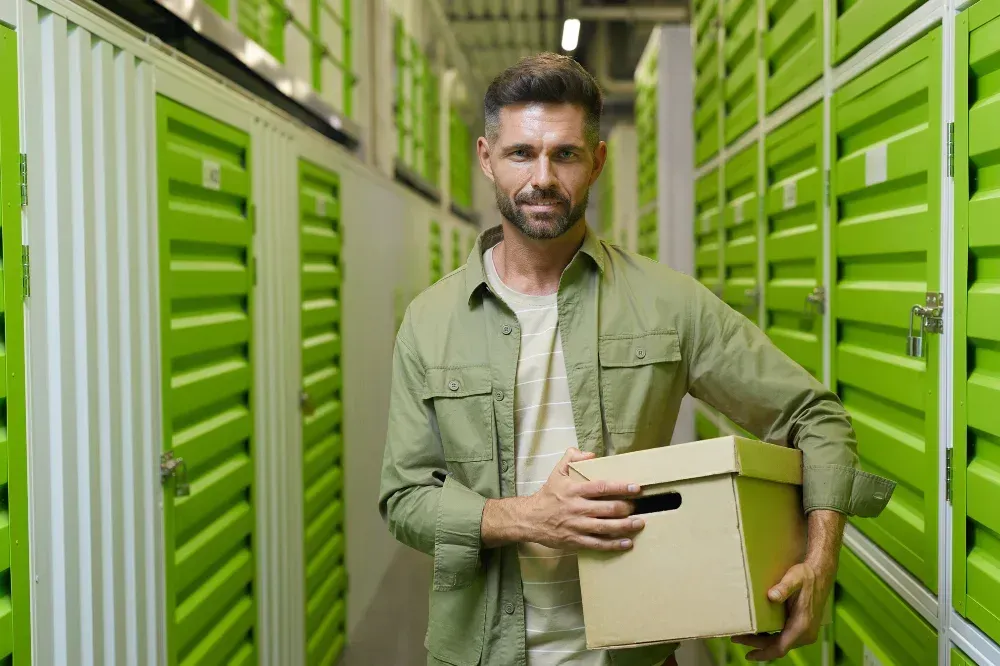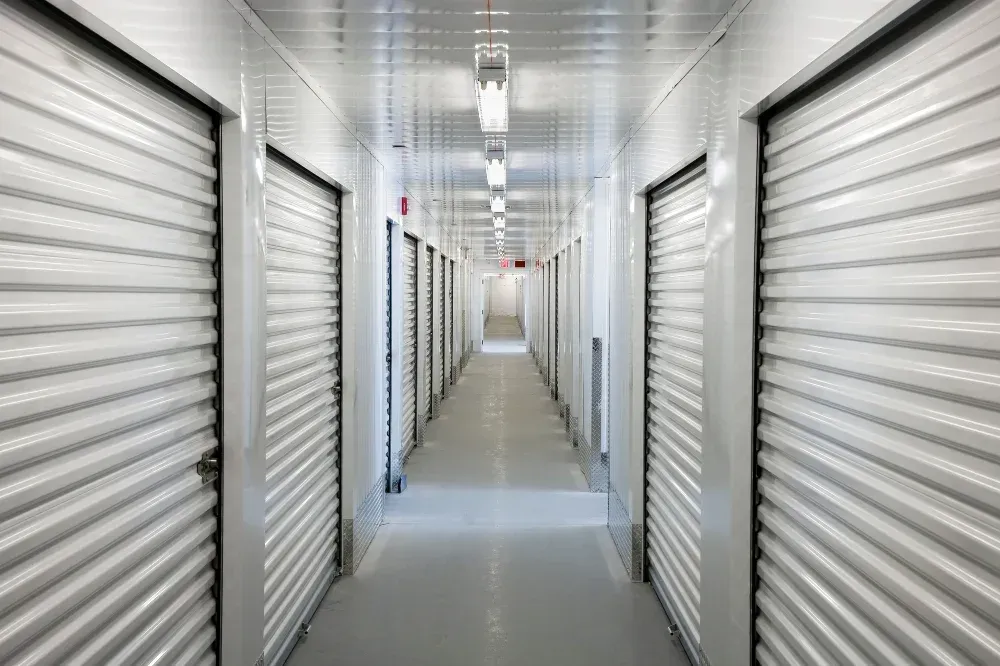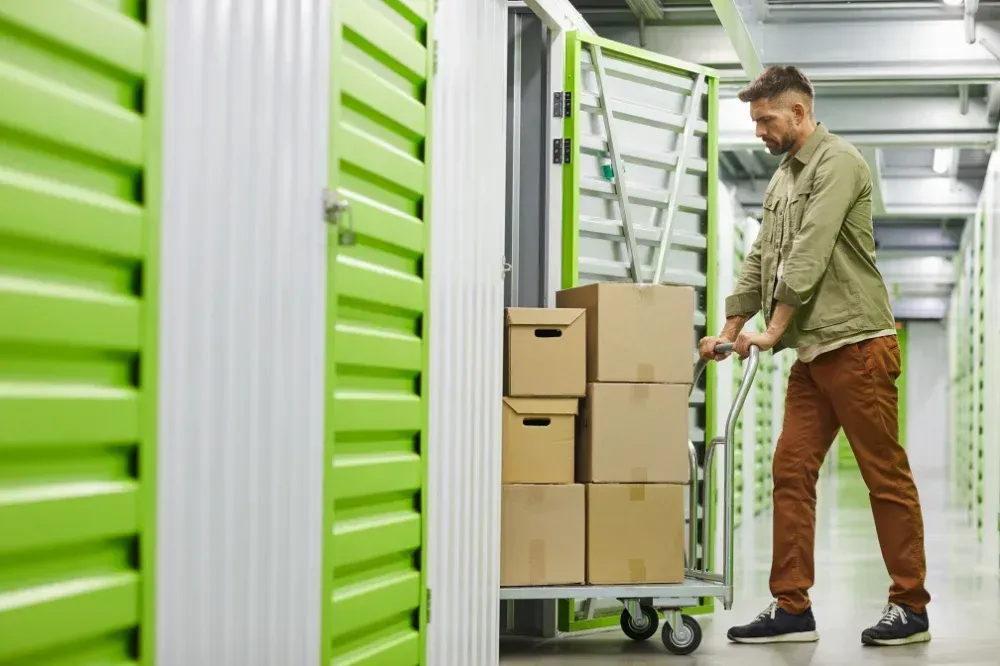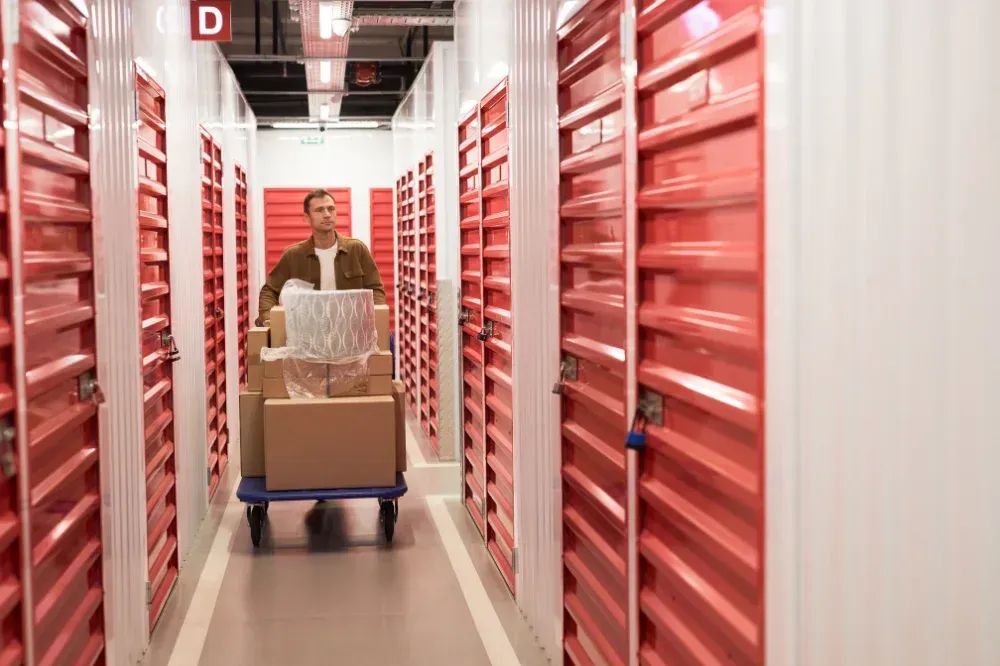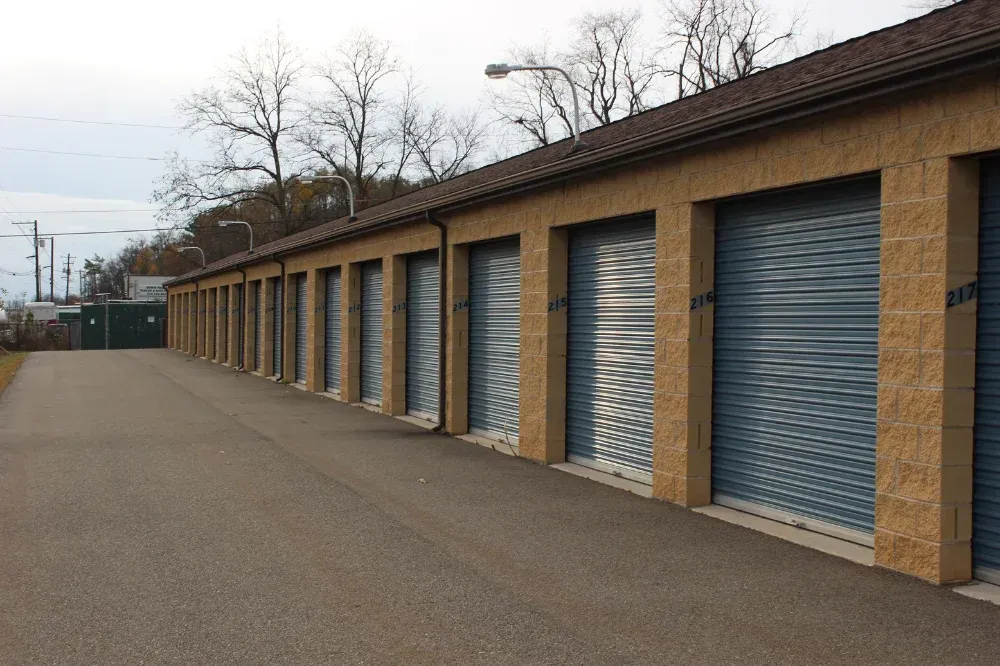Indoor vs. Outdoor Storage: Which One Fits Your Needs?
Indoor vs. Outdoor Storage: Which One Fits Your Needs?
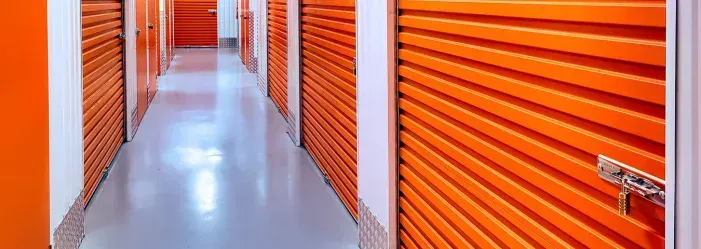
Selecting the right storage option is crucial for keeping your belongings safe while ensuring accessibility. Whether you're storing personal items or business goods, understanding the differences between indoor and outdoor storage can help you make an informed decision based on your needs, budget, and security concerns.
Indoor Storage: Best for Sensitive and Valuable Items
Indoor storage involves units inside secure buildings, often with climate control to protect delicate belongings. These facilities offer additional protection from environmental factors and include robust security features for peace of mind.
Common Uses for Indoor Storage
- Storing electronics, artwork, and important documents that need temperature control.
- Keeping furniture and personal items safe during a move or renovation.
- Securing fragile items from weather-related damage.
- Archiving business inventory or records in a safe, controlled environment.
Pros of Indoor Storage Indoor storage units often come with climate control, ensuring temperature-sensitive items stay in optimal condition. The enhanced security features, such as surveillance cameras, keycard access, and on-site staff, offer greater peace of mind. Additionally, indoor units provide shelter from harsh weather, keeping your items protected from rain, snow, or extreme heat.
Cons of Indoor Storage Indoor storage tends to be more expensive due to the added features of climate control and advanced security. Access hours may also be limited, which can be inconvenient for those needing frequent visits. Lastly, indoor units are generally smaller than outdoor storage options, so there may be less room for larger items.
Outdoor Storage: Affordable and Accessible
Outdoor storage consists of units or open-air spaces, often used for larger items like vehicles and construction equipment that don’t require climate control. These units are easily accessible and often allow drive-up entry, making them ideal for bulkier or heavier belongings.
Common Uses for Outdoor Storage
- Storing vehicles, boats, RVs, or trailers.
- Housing heavy machinery or construction tools.
- Keeping seasonal items, such as outdoor furniture or holiday decorations.
- Providing extra space for business inventory.
Pros of Outdoor Storage Outdoor storage is more affordable than indoor options, making it a budget-friendly choice for larger, less fragile items. These units are often easily accessible with drive-up features that allow quick loading and unloading of large goods. Additionally, outdoor storage offers larger units for oversized items or inventory.
Cons of Outdoor Storage Without climate control, outdoor storage exposes your items to the elements. This means temperature fluctuations, humidity, and precipitation can lead to deterioration. Outdoor storage units also typically have less security, making them more vulnerable to theft or vandalism. Over time, dust, dirt, and pests can cause damage to stored items.
Key Considerations When Choosing Storage
What Are You Storing? For delicate or valuable items, such as electronics, antiques, or important documents, indoor storage is the best option. Outdoor storage works well for large, durable items like vehicles or construction equipment that don't require climate control.
Duration of Storage Indoor storage is better for long-term needs due to superior protection from environmental damage. Outdoor storage is ideal for short-term or seasonal storage.
Budget If you're on a budget, outdoor storage offers a more affordable solution. However, if you need extra protection for valuable items, investing in indoor storage may be worthwhile.
Security Needs Indoor storage typically has more advanced security features like surveillance cameras and on-site personnel. Outdoor storage units often rely on basic fencing and monitoring, but may not offer the same level of security.
Climate and Weather Considerations For items sensitive to weather conditions, indoor storage with climate control is ideal. Outdoor storage leaves items exposed to the elements, increasing the risk of damage.
Comparing Indoor vs. Outdoor Storage
Cost Outdoor storage is typically cheaper due to its lack of climate control and security measures. Indoor storage costs more but provides better protection for your belongings.
Accessibility Outdoor storage units usually offer more straightforward, drive-up access, which is perfect for large or heavy items. Indoor storage units may require navigating hallways or using elevators, but they offer better protection from the environment.
Security and Protection Indoor units often feature higher security, including video surveillance, restricted access, and on-site staff. Outdoor units may need extra precautions like secure locks to minimize theft risk.
Climate Control Indoor storage often includes climate control to keep sensitive items safe from extreme temperatures. Outdoor storage lacks climate control, exposing items to the elements.
Who Should Choose Indoor Storage?
Best for: Valuable, delicate items like electronics, antiques, and documents that need protection from temperature extremes.
Ideal for: Long-term storage, offering superior protection against environmental damage and theft.
Who Should Choose Outdoor Storage?
Best for: Large items such as vehicles, boats, or machinery that don't require temperature regulation.
Ideal for: Short-term storage needs or budget-conscious options, such as during a move or renovation.
Tips for Choosing the Right Storage
- Assess Your Needs: Consider the type of items you're storing, their value, and whether they need climate control.
- Visit the Facility: Check the accessibility, security features, and overall condition of the storage units before committing.
- Consider Insurance: Ensure the storage facility offers appropriate security measures and consider purchasing insurance for valuable items.
Conclusion
Choosing between indoor and outdoor storage depends on your budget, the nature of your items, and your security needs. Indoor storage provides optimal protection for sensitive, long-term storage, while outdoor storage is more cost-effective for larger or temporary needs. By carefully assessing your requirements, you can make the best decision for your belongings.
FAQs
What is the biggest advantage of indoor storage?
Indoor storage offers superior protection with climate control and enhanced security for delicate or valuable items.
Is outdoor storage safe for storing furniture?
Outdoor storage is not recommended for furniture, as exposure to weather can lead to significant damage.
How can I protect my items in outdoor storage?
Use weatherproof covers, elevate items off the ground, and secure them with strong locks to minimize risks from weather and theft.
What type of storage is best for business inventory?
Indoor storage is ideal for business inventory, offering climate control and security to keep products in good condition.
Can I switch from outdoor to indoor storage later?
Yes, many storage facilities offer flexible options that allow you to upgrade to an indoor unit if your needs change.
Business Locations

All Rights Reserved | StoreHouse
